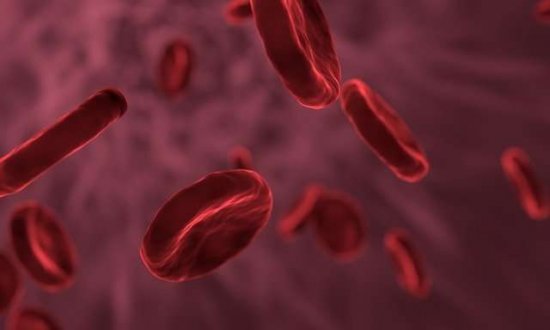What Are Blood Types and What Do They Mean?
Blood types are different chemical structures found on the outside of red blood cells. These molecules are called antigens and are determined by the genes you inherit from your parents. If you have a certain blood type, you can receive safe blood transfusions.
Genetics
Genetics of blood types focuses on the inheritance of blood group characteristics from parents to offspring. Each blood group is a combination of alleles from both parents. Blood type AB consists of red blood cells that have both A and B antigens, while blood type O has no antigens.
Having a specific blood type is essential for many medical procedures, including organ transplantation and blood transfusion.
Several genes are expressed on chromosomes that act as markers for red blood cell groups. Each chromosome has a set of genes called alleles, and each locus can have multiple alleles. In humans, 46 chromosomes are found in the body, arranged in 23 pairs.
Twenty-two pairs of chromosomes are autosomes. Females have XX chromosomes, while males have XY chromosomes. Autosomes have gene loci that encode blood group systems.
Cross-matching
Cross-matching blood types is essential to avoid complications during blood transfusions. The process involves combining serum from a donor and recipient’s blood cells. Incompatible cross-matches can delay the process of transfusion, and in some cases, they can even lead to death.
For this reason, cross-matching is mandatory before a blood donation can be released from a blood bank. However, there are cases where it’s simply not possible to find a compatible donor.
For people who have an immune reaction to red blood cells, cross-matching can prevent this reaction. Ideally, the patient should be transfused with type B+ blood.
However, in emergency situations, this is not always possible. In these cases, universal donors can be used. Since universal donors do not display A or B antigens, they will not produce antibodies to the recipient’s type of blood.
Safe blood transfusions
Safe blood transfusions require a number of steps to ensure patient safety. First, blood donors must be properly screened for viruses.
There are a variety of tests, some of which are recommended globally. These include tests for HIV, HBV with HBsAg, HCV, and Syphilis. However, it is important to note that local conditions often necessitate different testing regimens. Testing recommendations are also subject to change based on the patient’s risk and history of infection.
Another important step to ensuring safe blood transfusions is reducing the amount of plasma in cellular blood products.
This can reduce the risks of allergic reactions and incompatible ABO antibodies. In addition, plasma reduction also helps prevent the accumulation of excessive amounts of cytokines and potassium.
These factors can lead to electrolyte imbalance and febrile non-hemolytic reactions. In addition, compatibility testing is an important part of preparation for transfusion.
Donor all oantibodies must be screened to avoid hemolytic transfusion reactions.
Rarest blood type
If you have a blood type that is rare, you may wonder if you can donate blood. Rare blood types are those that do not contain the common antigen found in most people. These blood types have unique antigens that trigger an immune response. If you have this type of blood, you can donate blood to patients with rare blood types.
Your blood type is an important part of your health and survival. If you don’t know yours, your doctor can conduct a blood test.
The most important blood groups are Rh and ABO. Each blood group has different protein and sugar compounds called antigens. They are found on the outside of red blood cells and are unique to the person carrying that blood type.
There are over 600 different types of antigens, so your blood will be unique. There are also some subtypes that have unique antigens and lack the common ones.
Antigens found in red blood cells
The red blood cells contain many different antigens. Some are found protruding from the membrane, while others are embedded inside. These antigens are composed of proteins, lipids, and carbohydrates. In addition, some antigens are lipoproteins. These antigens are known as blood group antigens.
The antigens that are present in the red blood cells are classified according to blood group. The four major blood groups have different types of antigens, which are called blood group antigens. Each blood group has a different set of antigens, but these antigens share similar structural properties.
The ABO and B blood group antigens are located on the surface of the red blood cells.
Cross-matching with other blood types
Cross-matching with other blood types is a common lab test that determines the compatibility of two people’s blood types. The procedure involves combining serum from the patient and red blood cells from a donor.
If the two samples match, the cross-matching process is considered successful. If they do not, a manual crossmatch will be required.
Although it is ideal to match two people of the same blood type, it is not always possible. If the transfusion is urgent or time-sensitive, doctors often choose blood from people of the opposite blood group. In such a case, a donor with the opposite blood type may be a safer choice.

